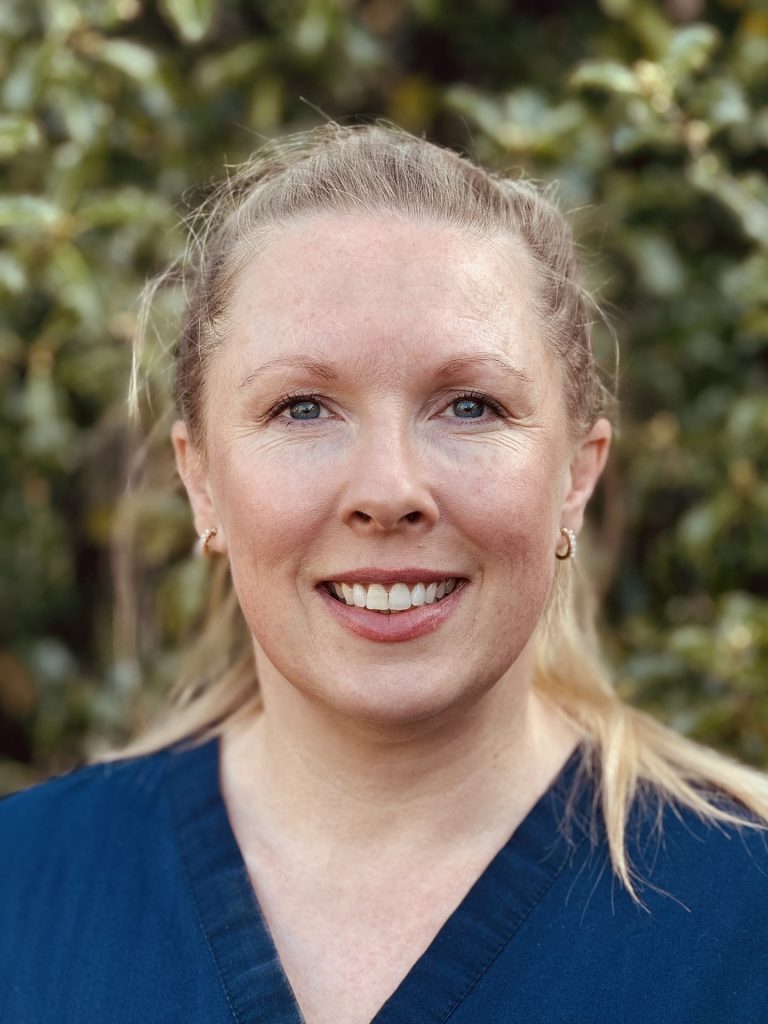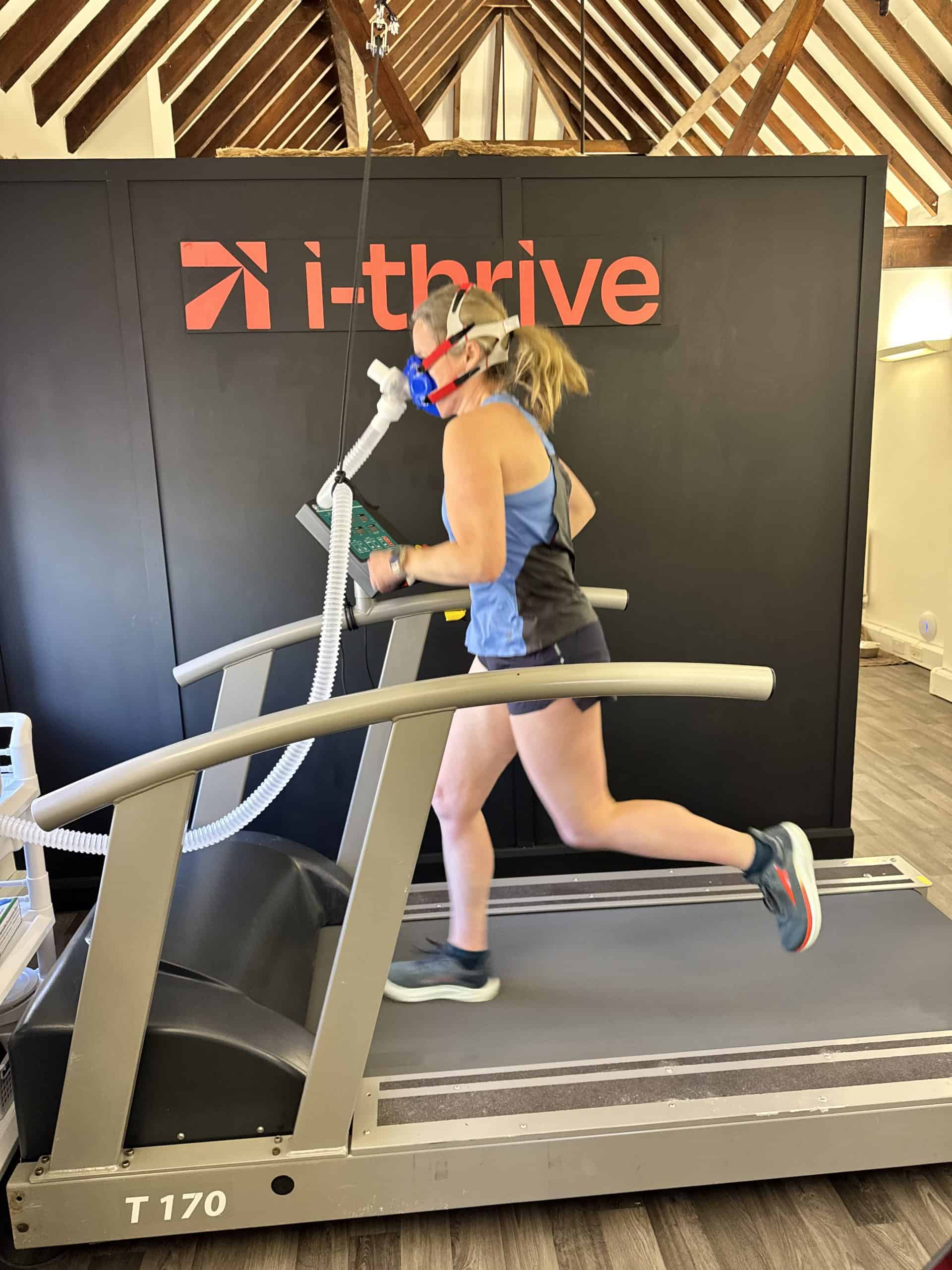What My Perimenopause Is Teaching Me— And Why I Wish I’d Had a Baseline DEXA Scan Sooner
As someone who’s spent years helping others optimise their health, I thought I was ahead of the curve. I exercise regularly, eat well, sleep intentionally, and practice what I coach. So, why a DEXA Scan for Menopause? Because despite doing everything right, midlife still revealed quiet changes I didn’t expect
Recently, at 45, I put myself through the same advanced diagnostics we offer at I-Thrive. I was surprised—and I’m so glad I did. My DEXA scan revealed that my bone density was lower than I expected, and I’m already on the way to osteopenia. Even though I’ve been active and consistent with movement, it was a stark reminder that perimenopausal changes are often silent—until we measure them. I didn’t feel any different. I haven’t had fractures. But now, I know that my bones are less dense than they should be. Without a scan, I would’ve kept assuming I was fine. This single data point gave me the clarity I needed to take action. I now have a gold-standard baseline to monitor each year over the next 5 to 10 years—just like we recommend to our clients. Here’s what I’m doing as a result:- Taking strength training more seriously (not just cardio)
- Refining my nutrition to ensure I’m getting adequate calcium, vitamin D, and magnesium
- Prioritising whole, nutrient-dense foods
- Planning bi-annual re-scans for bone density and annual scans for body composition to monitor changes before they become problems
What Perimenopause Is Teaching Me
What I’ve come to understand is that I’m not alone—and my story isn’t rare. Perimenopause is a complex transition that brings about a cascade of physical changes long before most of us recognise them. While I may not have had all the classic symptoms, the data showed me what was already shifting beneath the surface. The research confirms what many women intuitively feel: body composition, cardiovascular health, and metabolic efficiency begin to shift significantly in the years leading up to menopause. Here are some key evidence-based facts every woman should know:- Up to 20% of a woman’s lifetime bone loss can occur in the 5–7 years around menopause (National Osteoporosis Foundation, 2020; Endocrine Society, 2022).
- Menopausal women experience a drop in Resting Metabolic Rate of around 50–100 kcal/day, paired with a decline in fat oxidation efficiency, meaning they burn less fat at rest. These shifts reduce metabolic flexibility and promote fat storage (Lovejoy et al., 2008). Additionally, VO₂ Max—an indicator of cardiovascular fitness—declines by ~10% per decade after 30, accelerating after menopause (Kohrt et al., 1995).
- Body fat distribution shifts dramatically, with an approximate 44% increase in visceral fat during menopause and a measurable rise in the android-to-gynoid fat ratio—a shift often described as moving from a pear shape to an apple shape (Lovejoy et al., 2008; Mayo Clinic, 2020; Toth et al., 2000). This change raises metabolic and cardiovascular disease risk.
- Muscle mass declines by 3–8% per decade after age 30, and speeds up after menopause (Messier et al., 2011; Sipilä et al., 2020).
If You’re in Perimenopause: Here’s What I’d Recommend
If you’re in your 40s, now is the time to shift from reactive to proactive. A baseline DEXA scan and Resting Metabolic Rate test can help you:- Track bone and muscle loss
- Understand your fat distribution and metabolic risk
- Make data-informed decisions on nutrition and training
Postmenopause — It’s Not Too Late
Now that I’ve taken steps to establish my baseline, I’ve been thinking more about what this means for women who are already postmenopausal. The good news? It’s not too late to make a meaningful change. Even if you’ve missed the window to track changes in real time, research shows that lifestyle interventions can reverse 30–50% of menopause-related bone, fat, and cardiovascular risk factors (Compston et al., 2019). Among the most serious consequences of unmonitored health is bone fragility—one in three women over 50 will experience osteoporotic fractures, often due to undiagnosed bone density loss (International Osteoporosis Foundation, 2022). Falls are the leading cause of injury in women over 50, and more than 30% of women aged 65+ fall each year, a risk that rises sharply without early screening and intervention (NICE, 2013). Postmenopausal women also have a 2.5× higher risk of developing metabolic syndrome than premenopausal peers, including elevated blood pressure, central obesity, and insulin resistance (Park et al., 2003). At i-Thrive, we’re here to support women at every stage—because the right testing and insights can help you take back control of your health and confidence, no matter your age. Whether you’re 45 or 65, your next decade of health starts now. Book your baseline scan today. Let’s thrive through menopause—together.References
- Aljumah, R., Phillips, S., & Harper, J. C. (2023). An online survey of postmenopausal women to determine their attitudes and knowledge of the menopause. Post Reproductive Health, 29(2), 67–84.
- Compston, J., McClung, M., & Leslie, W. D. (2019). Osteoporosis. The Lancet, 393(10169), 364–376.
- Endocrine Society. (2022). Osteoporosis risk in postmenopausal women.
- International Osteoporosis Foundation. (2022). Facts and statistics about osteoporosis and its impact.
- Kohrt, W. M., Malley, M. T., Dalsky, G. P., & Holloszy, J. O. (1995). Body composition of healthy sedentary and trained, young and older men and women. Medicine and Science in Sports and Exercise, 27(5), 578–584.
- Lovejoy, J. C., Champagne, C. M., de Jonge, L., Xie, H., & Smith, S. R. (2008). Increased visceral fat and decreased energy expenditure during the menopausal transition. International Journal of Obesity, 32(6), 949–958.
- Mayo Clinic. (2020). Menopause and weight gain: What causes it and what you can do.
- Messier, V., Rabasa-Lhoret, R., Barbat-Artigas, S., Elisha, B., Karelis, A. D., & Aubertin-Leheudre, M. (2011). Menopause and sarcopenia: A potential role for sex hormones. Maturitas, 68(4), 331–336.
- National Institute for Health and Care Excellence (NICE). (2013). Falls in older people: Assessing risk and prevention.
- National Osteoporosis Foundation. (2020). Osteoporosis prevention: Facts and statistics.
- Park, Y. W., Zhu, S., Palaniappan, L., Heshka, S., Carnethon, M. R., & Heymsfield, S. B. (2003). The metabolic syndrome: Prevalence and associated risk factor findings in the US population. Archives of Internal Medicine, 163(4), 427–436.
- Sipilä, S., Törmäkangas, T., Sillanpää, E., Aukee, P., Kujala, U. M., Kovanen, V., & Laakkonen, E. K. (2020). Muscle and bone mass in middle‐aged women: role of menopausal status and physical activity. Journal of Cachexia, Sarcopenia and Muscle, 11(3), 698–709.
- Toth, M. J., Tchernof, A., Sites, C. K., & Poehlman, E. T. (2000). Menopause-related changes in body fat distribution. Annals of the New York Academy of Sciences, 904, 502–506.
- University College London. (2023). Menopause: Women’s health and wellbeing in the UK.




